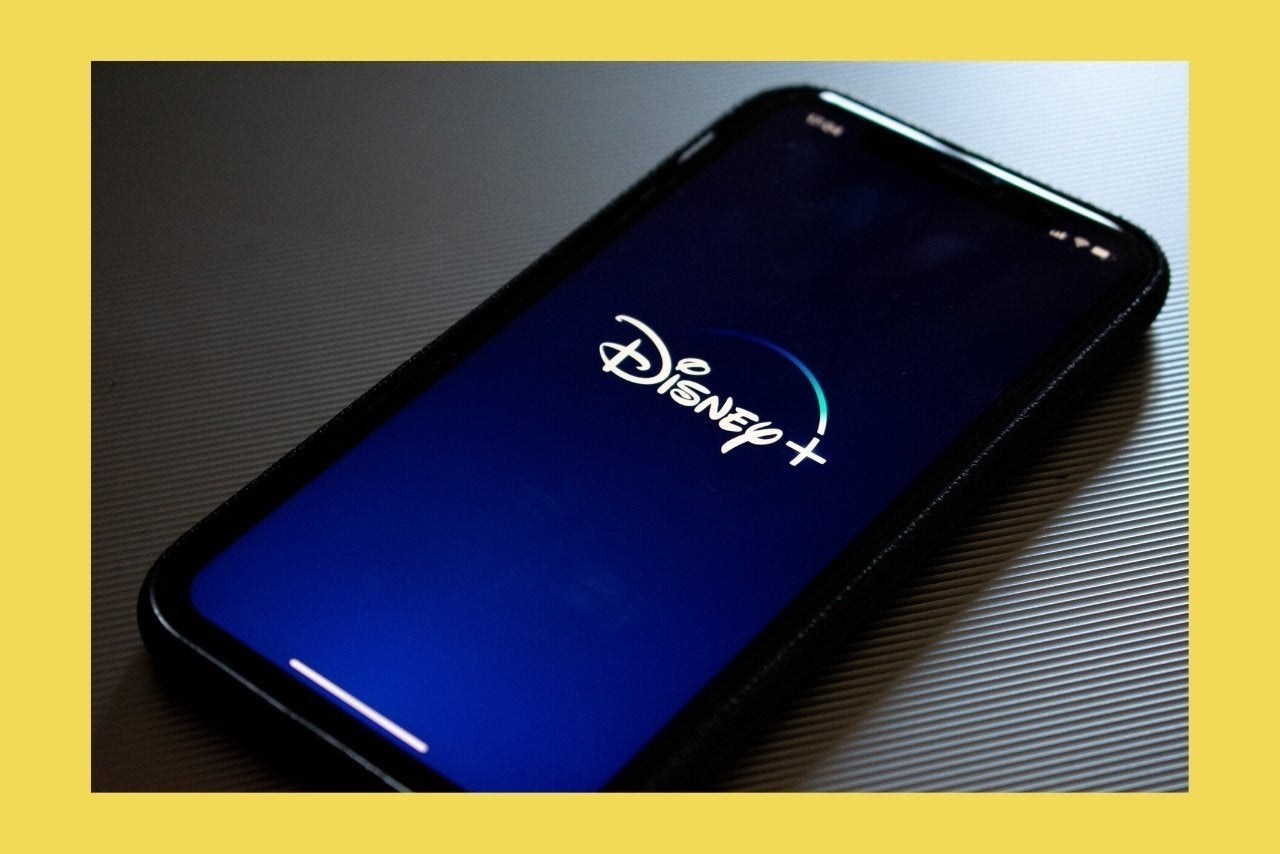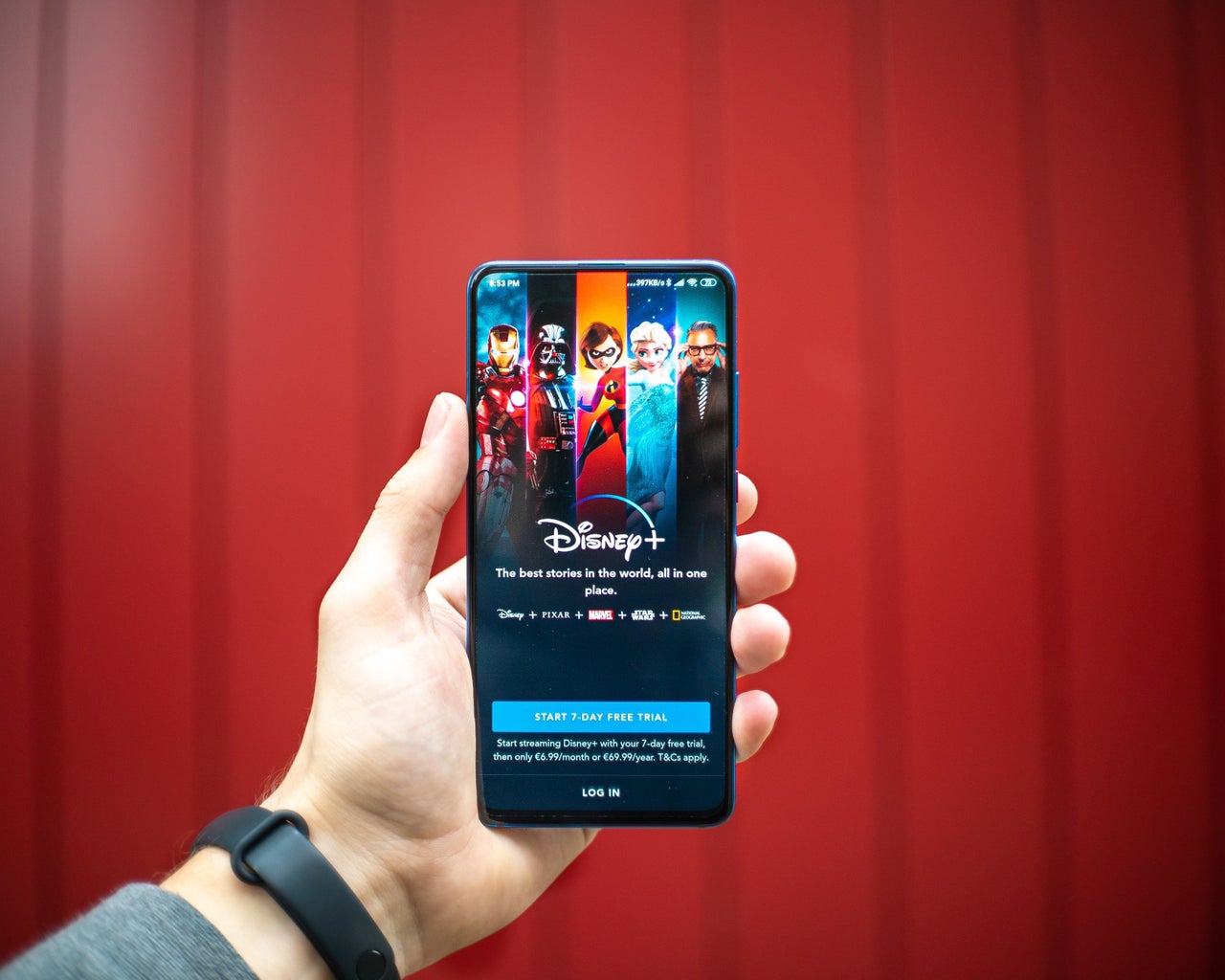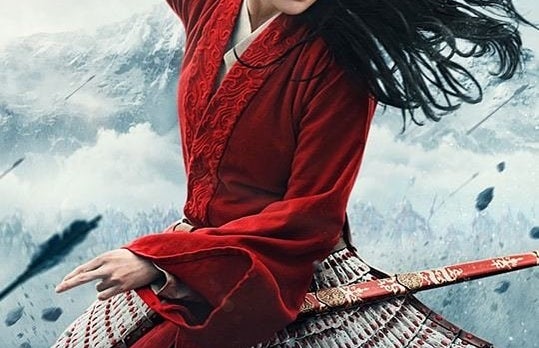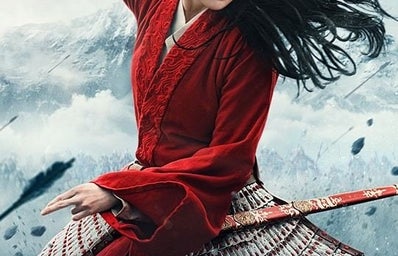As a young girl, one of my favorite films was the iconic 1998 film, Mulan. She was the best Disney princess who best represented me. We were from around the same area in Asia and looked the most alike compared to the other princesses. Unfortunately, compared to how wonderful the animated movie was, the live action is nothing.
If you’re unfamiliar with Mulan, it’s based on the Chinese folk story called The Ballad of Mulan. Mulan is a young woman from China whose father is called into battle to fight against the Huns. Mulan sneaks out with his armour and takes his place. One of the major takeaways from her story is that women are just as strong as men. A hero to her kingdom, she was a woman who did the job without a man.
Mulan’s heroism is shown clearly in the animated version such that it inspired young girls like myself. The live action, on the other hand, changes many features of the story that have caused significant pushback. The movie’s creators had many chances to correct their mistakes before releasing the movie, but they never did. Instead, they launched a very flawed and controversial version of the story.

One of the first changes that made headlines was Li Shang and Mushu’s exclusion. Mushu was a great character who provided comic relief but I guess it was reasonable to cut him out. Li Shang, on the other hand, should have made it to the live action. His character was essential to the 1998 movie as he was the captain who led his people to war. Excluding a major character like him was a mistake and it is part of the reason why the plot doesn’t feel like the story most of us know and love. According to Globalnews, the creators dropped the character for the live action because they didn’t want Mulan’s commanding officer to double as a love interest in the age of #MeToo activism. Personally, I think they should have removed the romantic element, but saved Li Shang’s role as the commanding officer.
In addition to removing beloved and relevant characters, the 2020 Mulan added irrelevant information and features that degrade the original story. For example, Mulan’s house takes the form of a tulou, a round communal style house created by the Hakka people. This is an inaccuracy: Mulan is from Northern China but tulou houses historically decorated the Southeastern, coastal part of China.

The new movie also added superpowers and witchcraft into the movie which undermined the original story about Mulan’s strength. This change is one of the most shocking. It made me feel like the new creators weren’t interested in the core themes of Mulan. It’s like it’s a whole different story.
A lot of mistakes are made in the movie. It’s normal for movies to have flaws but the errors of this go too far since they had to do with historical and cultural faux pas. The people working behind the scenes did not do enough research on the culture they would be representing. It is understandable why Chinese people and those studying Chinese culture are mad about this. It doesn’t provide the representation that it promised and its misleading information is shameful.
One final complaint about the live-action regards its location. The main reason I cannot bring myself to watch the movie is that it was partly shot in Xinjiang, China, where Uighur Muslims are being held captive and tortured in concentration camps. According to Vox.com, these innocent people are being waterboarded and sexually abused among other forms of torture and there have been reports of women being forcefully subjected to sterilization, abortions, and the taking of birth control. Given the sheer size of China, one would expect Disney to have made a better choice for filming location.



